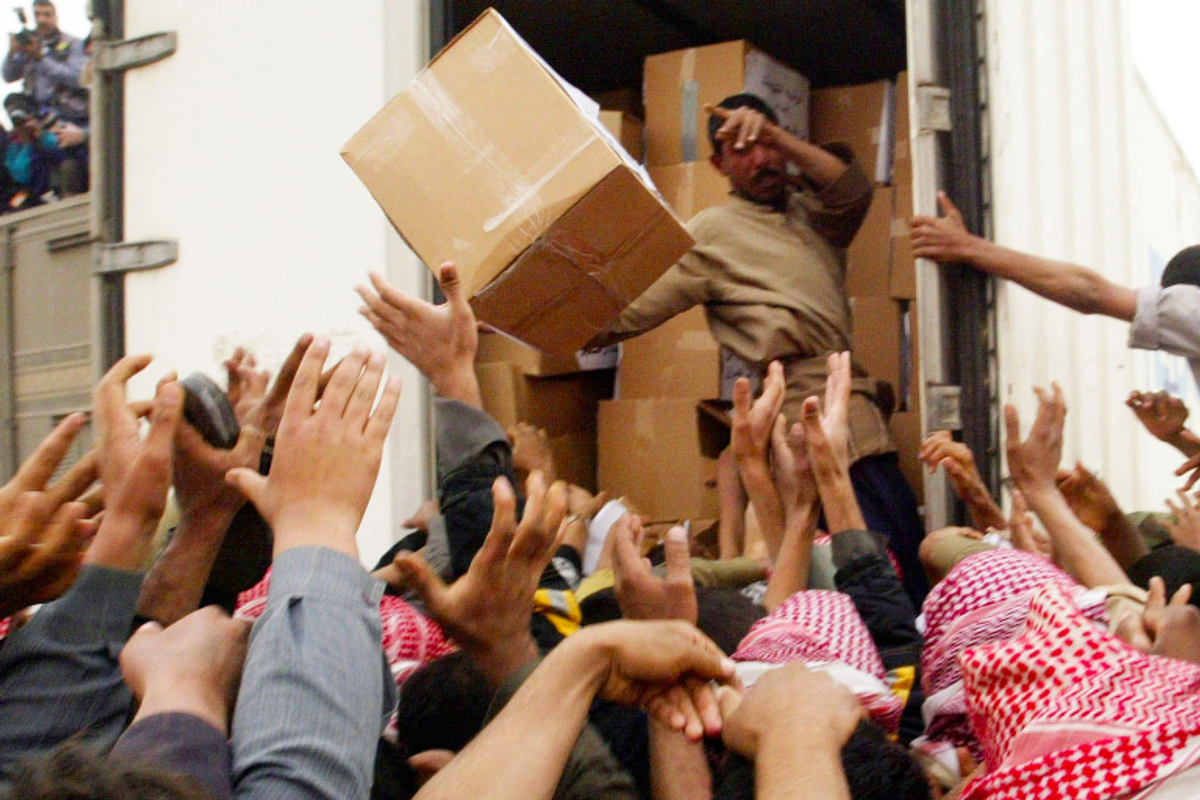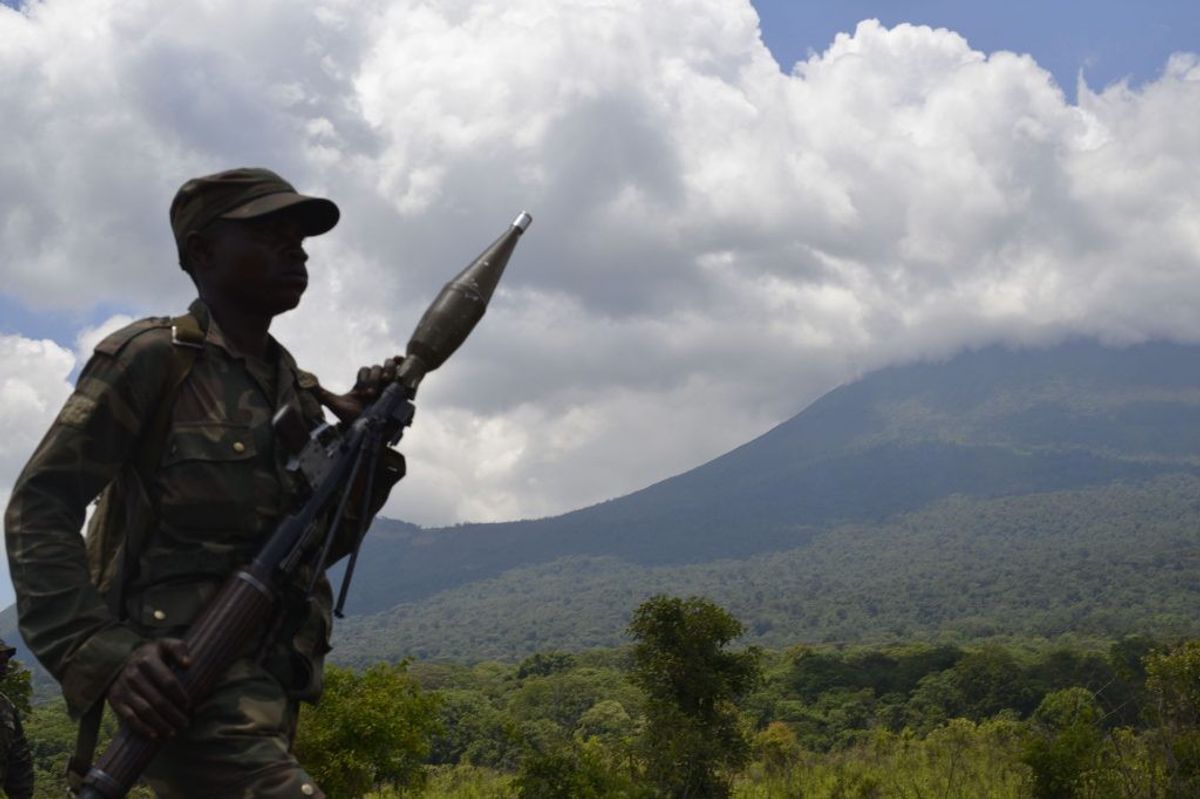Why has Russia under President Vladimir Putin remained fairly stable despite worsening economic conditions? Is Zimbabwe likely to become embroiled in conflict when its 92-year old dictator, President Robert Mugabe, passes on?
Political upheavals like civil wars, military coups, and total state collapse are hard to predict but have massive implications for security professionals and countries around the world.
For decades, political scientists have used data-driven models to determine what, if any, similarities are shared by various state crises across time and space. Two tools often used by experts are the Political Instability Task Force’s model of political instability, which seeks to understand and predict future internal violent conflicts, and the Fragile States Index, a data set that provides policymakers with quantitative analysis of the fragility of states around the world.
The Political Instability Task Force (PITF) is a U.S. government-sponsored group of academics tasked with studying what drives political instability in various countries. PITF created a model that can predict the onset of political instability within two years with a more than 80 percent accuracy.
This model contains only four variables: regime type, infant mortality, spillover from surrounding states, and state-led discrimination. The first and most important variable, regime type, shows that strong democracies and fully autocratic regimes are much less likely to become politically unstable in the near future. On the other hand, partial or transitioning democracies — especially those marked by factionalism among political elites — are significantly more likely to experience instability. The other three variables do not have as much statistical significance as regime type, but are mild predictors of political instability.
Surprisingly, dozens of other factors tested by the PITF — economic downturns, demographic pressures, GDP, unemployment, even state abuses of power —have little correlation with the onset of political instability.
Jack Goldstone, a professor of public policy at George Mason University and a former member of PITF, views the model through the lens of a state’s resilience, or its ability to withstand economic, social, and political problems.
According to Goldstone, the most important factor in determining a state’s resilience is “elite loyalty and commitment to supporting the existing regime.” Unified and loyal elites, he explains, allow a state to “respond to crises by directing state resources to manage those difficulties, even making short-term sacrifices or compromises to do so.” This explains why PITF’s model found weak and factionalized democracies to be particularly at risk of becoming unstable.
Focusing on elite loyalty and unity may explain why Putin’s Russia, which has successfully disempowered the majority of oligarchs who once stood in opposition to him, stands strong despite significant international sanctions, low oil prices, and other economic pressures. Similarly, when an autocrat such as Mugabe in Zimbabwe nears the end of his life, examining elite structures — and whether or not they are likely to support the chosen successor — could provide insight into the probability of a smooth or violent transition.
PITF’s findings are also valuable in the context of U.S. military operations abroad. Before engaging in nation building, it may be useful to consider how unified or fractured the country’s elites are as a predictor of success or failure. Similarly, regime change may be unlikely to produce stability if the country’s elites do not support it in a unified fashion.
Policymakers also turn to what is called the “Fragile States Index,” a data set released annually by the Fund For Peace that quantitatively measures state fragility. The index uses more than one hundred different indicators to present a more nuanced view of a country’s fragility that can inform policymaking and draw attention to trends beneath a country’s surface.
J. J. Messner, Executive Director of the Fund for Peace, explains, “Using primary social, economic, and political-military indicators, we determine the level of pressure on a country in each of those areas.” The Fragile States Index awards countries a score of 1-10 in each of fourteen different categories, including demographic pressures, human flight and brain drain, state legitimacy, and public services.
The index, Messner explains, is “dispassionate and objective in the way it looks at indicators over time.” Rather than trying to predict future events like PITF’s model, it seeks to provide an unbiased, objective analysis of current stresses on countries around the world, which can then drive policy recommendations and other decisions.
Many government agencies and policymakers use the Fragile States Index, Messner says. “It is used by foreign governments extensively, even to the point that countries have in the past formed parliamentary committees to review the findings and try to determine ways to improve their overall performance.”
Although fully understanding the causes and predicting the stability of any given state is not a precise science, PITF’s political instability model and the Fragile States Index both provide insights into how certain aspects of a state’s performance can help judge that state’s stability.
In the uncertain geopolitical landscape of 2016, which has already witnessed Brexit—Britain’s decision to leave the European Union—and a failed coup in Turkey, indicators of political instability may be useful tools for policymakers and assist with more accurate risk management.
Brian Garrett-Glaser is the content manager at The Cipher Brief.









